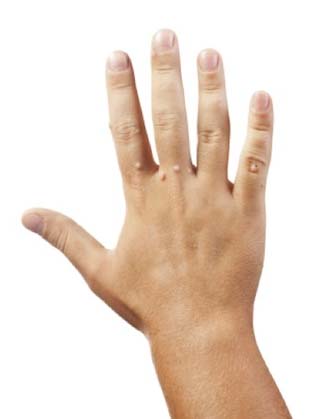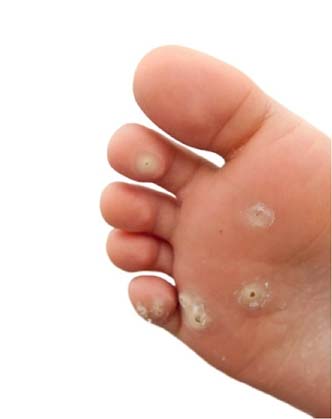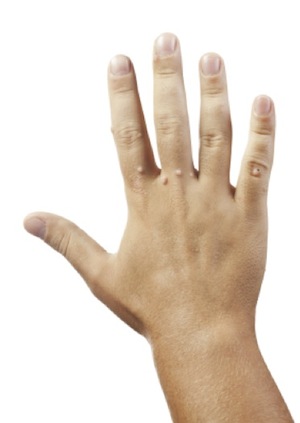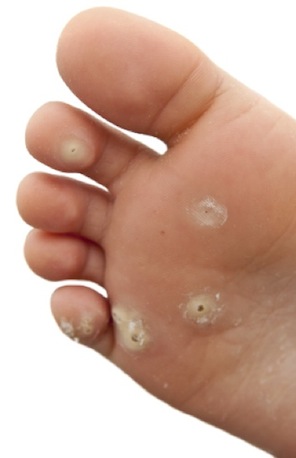Wart removal
Wart Removal
Discover the Wart Removal Service Best for You
Warts are typically harmless and in most cases go away on their own after a few weeks or months. However, they can be bothersome and make you feel unattractive. Some warts can also be painful, especially on the feet. Various treatments can help warts go away faster.
Treatments
Most common warts go away with time, however if they are bothersome or they are spreading, you may want to seek treatment. Wart treatments are generally effective in removing the warts, but keep in mind that it is a virus, and may recur or even spread to other parts of the body. Here are the most common wart removal services:
- Freezing the wart (cryotherapy)– the provider will apply liquid nitrogen to the wart. Freezing the wart will cause a blister to form, and hopefully an immune response for the body to fight the virus. Most likely you would need repeat treatments. This method is not generally used with children as it can be painful.
- Applying salicylic acid (peeling medication) to the wart– prescription-strength wart medications with salicylic acid work by removing layers of a wart a little bit at a time. According to studies salicylic acid is most effective when combined with freezing. If the salicylic acid is ineffective, other acids such as trichloroacetic may be tried.
- Candida antigen injection- The advantage of injection therapy is that it is quick, does not hurt much, and there is no scarring or open sore to deal with. The side effects of injection therapy with candida have been very rare. Occasionally someone will develop a rash (hives).
Benefits to seeing your provider if you have a warts
1
Pain
relief
2
spreading
3
unattractive
Typical Appointment Length & Results
To diagnose a wart and use cryotherapy or acid treatment, a single office appointment typically lasts about 30 minutes. To completely remove a wart, treatments may need to be repeated every 1 to 3 weeks for a total of 2 to 4 times. It could take up to 6 weeks to completely remove it.
What areas are treated?
Warts are most often found on the back of hands, fingers, the skin around nails, and feet.


What can I expect at the appointment?
Your provider will be able to diagnose a common wart with one of three ways:
- Examining the wart
- Scraping off the top layer of the wart to see if there are dark red pinpoint dots, which are signs of clotted blood vessels
- Remove a small section of the wart (shave biopsy) and send it to the lab to rule out other types of skin growths
If I have warts removed, will they come back?
Once you have the virus, there’s no sure way to keep warts from returning. After treatment, warts can reappear at the same location or different parts of the body. Some people get rid of warts and never have one again.
Follow-up care
After cryotherapy, candida antigen injection, or acid treatment, gently clean the area in the shower or bath with warm water and mild soap, then pat dry. Apply antibiotic salve or Vaseline to the area 1-2x daily. You do not have to keep the area covered with a bandage, but certainly can if you prefer.
Where could I learn more?
Find out more about wart removal by making an appointment with one of our Stellis Medical Skin Care Professionals: Make an Appointment
Wart removal
A wart is a skin growth caused by a virus. There are more than 100 types of viruses that infect the top layer of skin, causing it to grow rapidly, forming a wart. Most warts go away on their own within months or years. If you have warts that are painful or spreading, or if you are bothered by the way they look, our physicians will consider a variety of treatment options to help ranging from freezing the wart (cryotherapy), injecting the wart or removing it with surgery.
Wart treatment does not always work. Most treatments destroy the wart but do not kill the virus that causes the wart so even after it shrinks or goes away, warts may come back or spread to other parts of the body.


